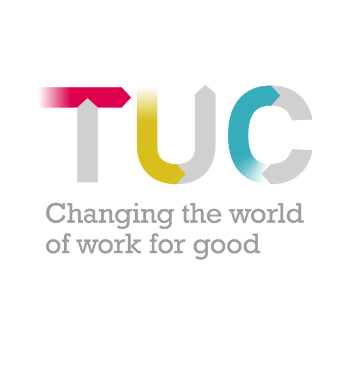Wales TUC Greener workplace network: Is remote working always the greenest option?
Firstly, we had an activity to describe a “greener workplace” in one word or sentence . Many participants mentioned health and the future. Others wrote about:
· the need for genuine action plans for achieiving net zero carbon;
· a more efficient and smarter way of using resources,
· making adequate use of technologies
· a workplace that less negative impact on the environment.
Sam Ward from Climate Cymru introduced the concept of carbon footprint, which is the amount of carbon dioxide released into the atmosphere because of the activities of a particular individual, organisation or community. All footprints are estimations. However, it is important that workers to know who is responsible for which emissions. Therefore, a carbon footprint calculator can be used by assisting workers to have an objective and data led to track and develop steps to reduce emission. It is important to remember that greenhouse gas emissions (GHGs) are categorised into three scopes. As Sam said these are:
•Scope 1 emissions are GHGs released directly from a business.
•Scope 2 emissions are indirect GHGs released from the energy purchased by an organization.
•Scope 3 emissions are also indirect GHG emissions, accounting for upstream and downstream emissions of a product or service, and emissions across a business’s supply chain.
Bethan Thomas from Unison Wales shared her ideas on negotiating the agile working agenda with employers. During the pandemic, many employees were forced to work from home at very short notice but did not have proper support from their employers. Unions did not favour that model. It has been claimed that homeworking can make a positive contribution to the environment but this is not always the case. For example, workers with short commutes were not necessarily making any carbon savings. Furthermore, there is a case that they were funding their employment by paying for heating and electricity during working hours. On the other hand, when people work from home or near to home in their communities, there are potential benefits in terms of supporting their local economy. Therefore agile working should be a choice and should not place extra costs on workers. Furthermore, Bethan asked us to consider which jobs could be done remotely. There are many examples where with more support a wider group of workers could work from home. However, employers should provide enough equipment and flexi hours to support workers to do so




